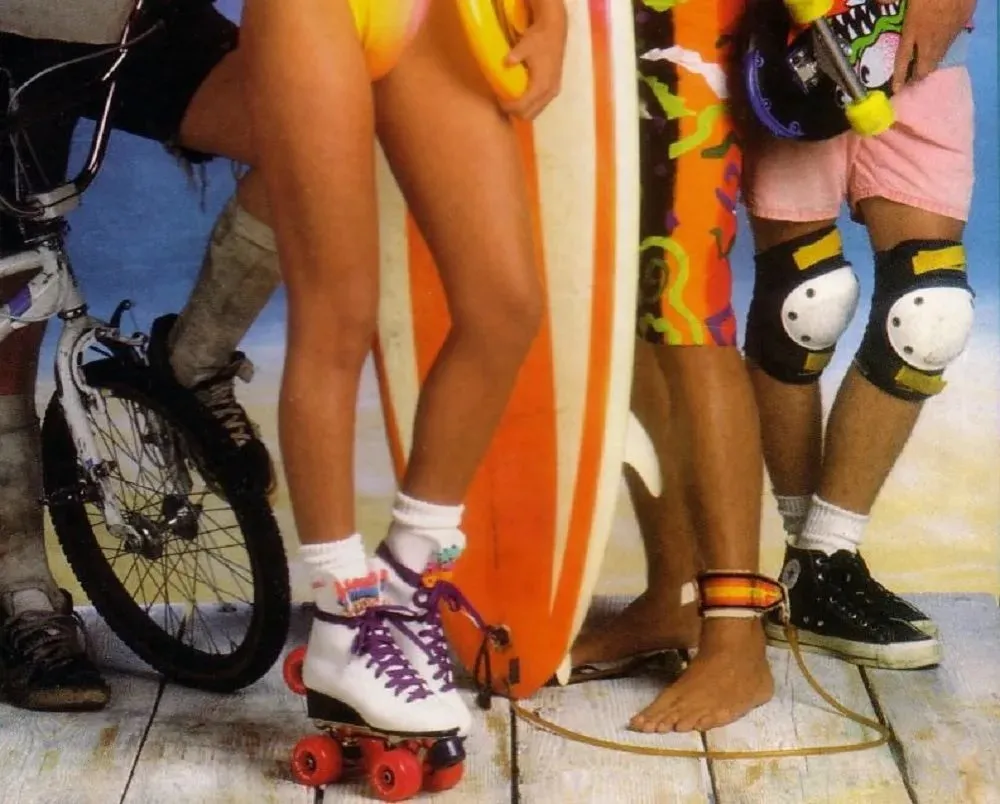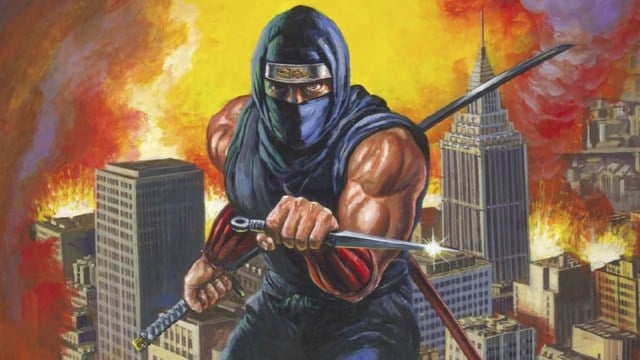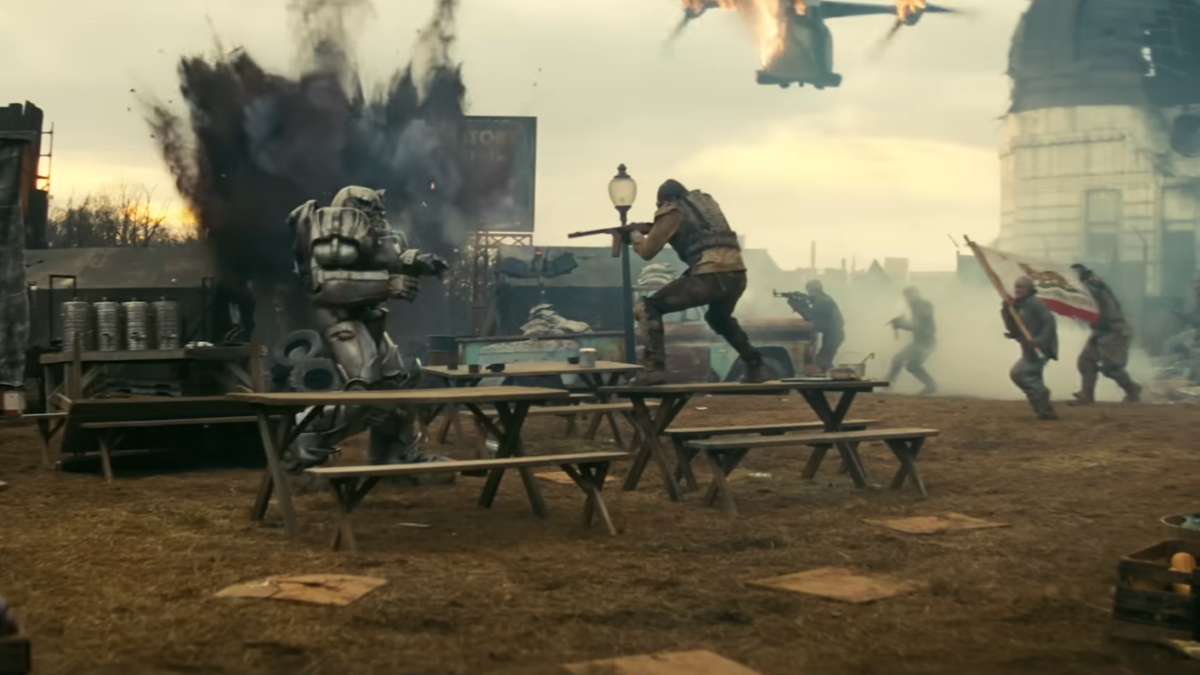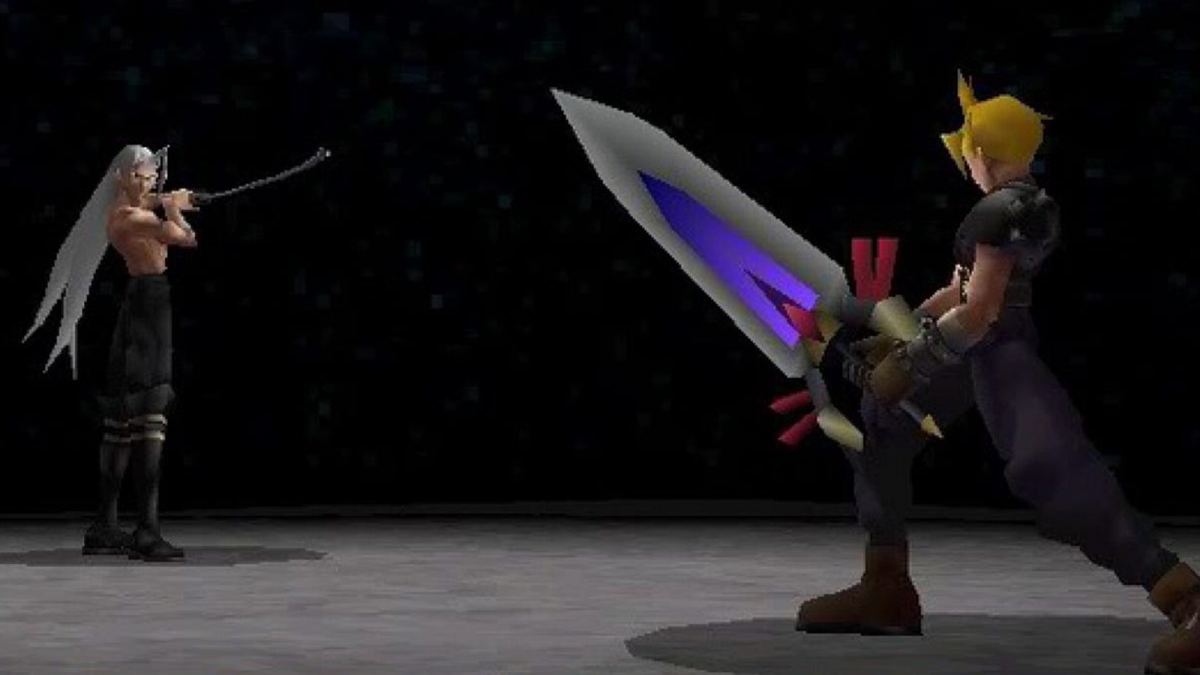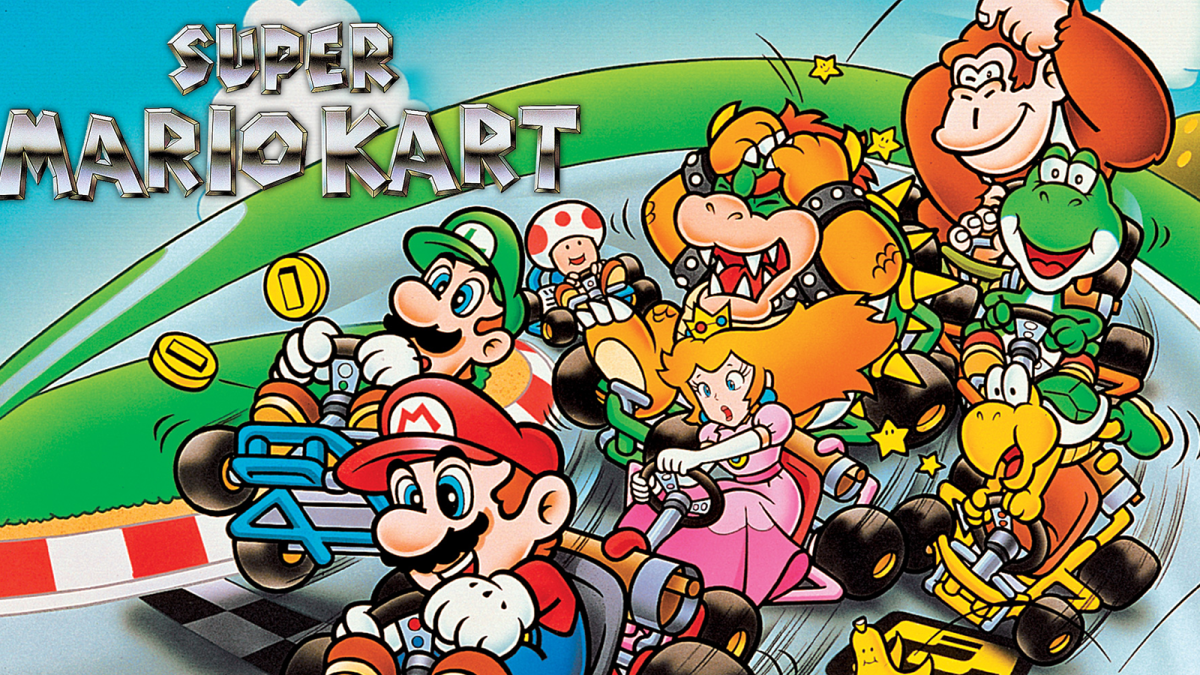Continue?
A lot of people may remember Advance Wars series as a flash in the pan, popping out of nowhere on the Gameboy Advance and then dying out a few years later on the DS. But in Japan, the Wars series was one of Nintendo’s longest running, prolific franchises, starting on the Famicom before spreading its military might to the Gameboy, Super Famicom, GameCube, and the Wii.
For folks who had been following the franchise for the 20 years up to its abrupt conclusion, hearing that Intelligent Systems had no “clear idea” on the future of the franchise felt like the end of an era. Likewise, for longtime fans, this month’s Advance Wars: Re-Boot Camp remakes from WayForward has a lot more weight to it when you know how much strife this series has been through.
The thing is though, when Days of Ruin capped off the Advance Wars series (or ruined it, depending on who you ask), there wasn’t a big announcement or moment of closure that came with it. When new games are shown for the first time, marketing makes a big deal of it it. When old games power down for the last time, they often just fade away, like a former best friend that you used to go shoe shopping with, but haven’t seen for years. The longer you go without texting or calling them, the weird it feels to hit them up out of the blue, so you just don’t.
But what if you did call that friend again, a decade or more after you last planned to, and actually took that trip to Skechers. Would the shoes still fit? Will your time apart prove to have made you more or less compatible pals? Here are a few games I’d love to see call again, just so we could find out.

Pitfall!
Before Mario reinvented the genre with his Super game from 1986, the biggest name in side-scrolling platformers was undoubtedly Pitfall Harry. In fact, many credit 1981’s Pitfall! on the Atari 260 for being the first game to popularize the genre on home consoles, and its sequel can be seen as one of the progenitor of the kind of massive, interconnected map design that makes the Metroidvania genre what it is today. The Activision classic even got its own cartoon show.
Even after Mario stole Harry’s thunder, Pitfall! hung in there for years, with later games on the SNES, Genesis, PS1, PS2, Gameboy Advance, Xbox, Wii, and as recently 2012, an autorunner for mobile. If Indiana Jones can make a comeback in 2023, there’s no reason Harry couldn’t do the same.
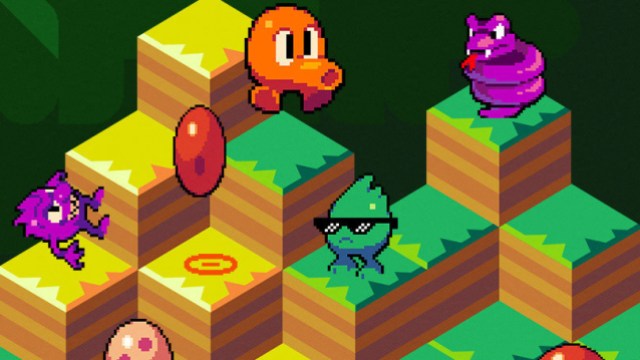
Q*bert
Birdo may be the most well-known snorkel-nosed creature in gaming today, but for a time, that title undoubtedly belonged to 1982’s Q*Bert. And it’s not like he’s a total unknown today, though that’s got more to do with his appearances in films like Wreck-It Ralph and Pixels than any of his modern games. The latter movie even implies that Josh Gad had sex with him and, apparently, got him pregnant.
Thankfully, Q*Bert’s actual games managed to procreate in a much more dignified fashion, seeing a new release every 5-10 years all the way up until (you guessed it) a mobile reboot in 2019. But it’s been far too long since this foul-mouthed little weirdo hopped onto computers and consoles.

Rygar
Fun fact, in the original Japanese version of Rygar, the main character is only known as “The Legendary Warrior”, while the last boss, a giant lion man, is named Ligar, which was mistranslated to Rygar in the localization process. If the series had managed to stick around, I’m sure that trivia would be as well knows as Super Mario 2‘s start as Doki Doki Panic, or how Pac-Man would have been called Puckman if Namco wasn’t afraid that sassy vandals would turn that “P” into an “F”.
But instead, Rygar has largely forgotten in recent years, despite a hugely successful arcade game in 1986, its multiple ports, a reimaging on the NES in 1987, a PS2 reboot in 2006, and enhance port of that reboot for Wii in 2009. If Kratos can become gaming’s most critically acclaimed cranky dad, I see no reason why Rygar couldn’t become a tired Greek action man of similar adoration in the near future.

California Games
Ninja Gaiden
The Ninja Gaiden series actually started in arcades before becoming one of the first action games on the NES to wow players with amazing cinema-style cutscenes. After a brief pause through the N64/PS1/Saturn era, it returned in a big way on the Xbox with a self-titled reboot, headed by Team Ninja, which scored a DS spin-off and a couple of direct sequels.
The reboot trilogy was recently rereleased for modern platforms in 2021, but there hasn’t been an all-new game in the franchise since Ninja Gaiden Z: Yaiba, the ill-fated spin-off from 2014. If I had my druthers, the team behind Katana Zero would acquire the rights and bring Ryu back for another comeback attack, but that’s probably just a pipe dream.

Bonk
In Japan, Bonk was called PC Genjin (Japanese translation: “PC-Caveman”), and he was the mascot for the PC Engine, the most popular home console in his home country throughout 1988. Beating both Nintendo and Sega at the same time was no small feat, and Bonk is one of the few cartoon mascots to pull it off. Sadly for him, the PC Engine failed to become an international hit when it launched worldwide in 1989 under the still-hard-to-type Turbografx-16 brand.
But still, Bonk managed to outlive the console he was born on, with sequels, spin-offs, and ports for Gameboy, NES, SNES, PS2, GameCube, and mobile. I’m one of the few who got to play his 2010 Wii title, Brink of Extinction, before it was canceled. Little did I know that was the last I’d see of the little guy until his original games were released on the Turbografx-16 Mini in 2020. I am 100% confident that in the right hands, people all over the world (but especially in Japan) would eat up a new Bonk game like it was a six-foot-tall hunk of meat.

Final Fight
There was a time when every major arcade in the nation was home to a Final Fight machine. While the Renegade and Double Dragon games were among the first belt-scrolling beat ’em ups ever made, 1989’s Final Fight was the franchise that brought it to the next level. Its large, well-animated characters, multiple playable characters and special moves, and general level of depth stand up even today.
There were two SNES sequels that continued the original story, the Saturday Night Slam Masters spin-offs, a Japan-only fighting game for the Saturn, and a reboot for the PS2 in 2012. But the only Final Fight representation we’ve seen since is in classic rereleases, like 2010’s Double Impact port, and in the rosters of newer Street Fighter titles. With Streets of Rage, River City, and even the Ninja Turtles making modern hits from their classic beat ’em up formula, there’s no reason that Final Fight couldn’t make a comeback with an all-new title.

Breath of Fire
If I’m being real, this whole list could have been filled with Capcom games. While Konami abandoned the Castlevania, Metal Gear, and Silent Hill franchises for a little while, as of 2023, they have announced and unannounced plans for all three of them. Capcom, on the other hand, let Bionic Commando, Strider, Darkstalkers, Viewtiful Joe, Mega Man X, and maybe most egregiously, the Breath of Fire series just burn out with no remorse.
We’ve at least seen cameos from all the games on that list in various Capcom releases over the years… except for Breath of Fire. For whatever reason, Capcom doesn’t want anything to do with their one ubiquitous RPG series anymore. Breath of Fire VI was a Japan-only Windows/mobile title released in 2016. Before that, the last globally released game in the series was Breath of Fire: Dragon Quarter for the PS2 in 2002. The series just celebrated its 30th anniversary, with copious fan art and other remembrances getting loads of praise across social media.
One can imagine that an Octopath Traveller-style Breath of Fire VII for consoles would be similarly well received.

Ape Escape
Sony’s abandonment of Ape Escape speaks to their larger rejection of all their sillier mascots. In the PS1 era, the PlayStation’s top first-party tiles were games like Jumping Flash, PaRappa the Rapper, and Ape Escape, the rambunctious action platformer about using dual analog controls to catch apes with various gadgets. For my money, it’s one of the best games of the generation, and holds up better than Super Mario 64 or Banjo Kazooie.
The series lived on with sequels on the PS2, spin-offs for the PSP, and PS3, and crossovers in the likes of Metal Gear Solid, Ratchet & Clank, and most recently, the PS5 exclusive Astro’s Playroom. That latter title is the exact kind of B-Budget title that I think AAA developers should make more of, and taking Ape Escape back to consoles with a similarly themed title would be sure to be a worthy investment by Sony Entertainment Group.

Rhythm Heaven
I was the first to break the news that the Rhythm Heaven series had “died”, and while Nintendo later debunked that claim, the timeline speaks for itself. The last all-new Rhythm Heaven title, Rhythm Heaven Fever, was released in 2011, and the last official title in the franchise — the mostly greatest hits title Rhythm Heaven Megamix — was released on 3DS in 2015. Eight years without news isn’t forever by industry standards, but it’s a long time for this particular franchise, which used to see new games every two to four years.
There are multiple reasons why Rhythm Heaven may be gone for good, but there are just as many reasons why Nintendo should bring it back. The music producer who pitched the concept to Nintendo in the first place wants it to happen. Games inspired by Rhythm Heaven, like Melatonin, and the upcoming Rift of the Necrodancer, have been quick to find large and loyal audiences. Likewise, resale copies of past Rhythm Heaven games have recently soared in price. It’s not uncommon to find copies of Fever going for $100-$150 on Amazon or eBay.
The series was huge in Japan but, despite Beyonce’s endorsement, it never got big elsewhere. But in this age of memes and TikTok-length gameplay trailers spreading like wildfire, it could be that Rhythm Heaven‘s ascension to the top is yet to come.

